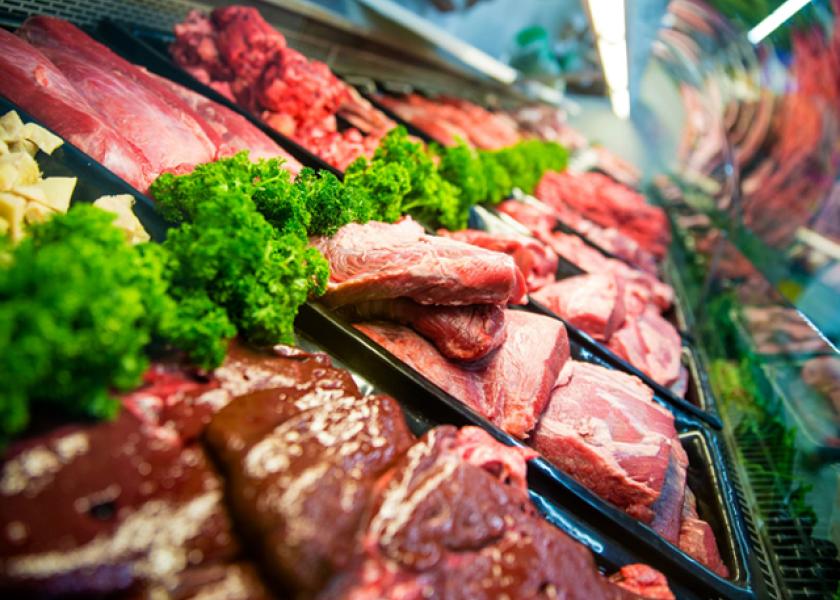Demand Drives Meat Production Growth

Three billion pounds is a lot of meat. That’s what the U.S. livestock industry added in 2015, and it’s done nothing but increase since, says Scott Brown, a livestock marketing specialist with University of Missouri Extension.
“As long as we keep increasing record amounts of meat each year, prices will decline. A lot more meat is passing through U.S. markets,” Brown says. “Growth is not over.”
Beef, pork and chicken producers could add another 3 billion pounds of meat in the coming year. Sow numbers are going up. Beef herd owners saved every heifer they could to add to the cowherd.
“Producers respond a lot faster to rising prices than they do to falling prices. We’re still expanding breeding herds,” Brown explains. The problem becomes what to do with the growing meat supply.
“We eat it, export it or cut the price to sell it,” he says.
Pig Productivity. U.S. hog producers intend to have 3.07 million sows farrow from September to November this year, up 1% from actual farrowings during the same period a year ago and up 5% from 2015, according to USDA’s latest Hogs and Pigs report.
The percentage of pigs raised by larger operations continues to grow, which is a big reason there are more pigs on the market. It’s a credit to U.S. producers, says Kevin Grier, president of Kevin Grier Market Analysis and Consulting based in Guelph, Ontario, Canada.
“From a Canadian perspective, we look at the U.S. with envy in terms of capacity. But the breeding herd increasing between 1% and 2% is similar to what’s happening in Canada,” he says. “The root of expansion seems to be productivity.”
This is the 12th quarter in the past 13 in which USDA’s figures turned out higher than farrowing intentions, explains Ron Plain, professor emeritus at the University of Missouri in Columbia.
“I’m not blaming USDA, but full recovery from PED was faster than most people expected,” Plain says.
Exports and domestic consumer demand for pork will be key to maintaining producer profits. Both forms of demand appear to be on the upswing, and new packing capacity will help maintain profitable prices.
Beef And Poultry. The beef industry might not face last fall’s sharp price drop, but market signals suggest there are still challenges ahead, says John Nalivka, principal of Vale, Ore.-based Sterling Marketing. He estimates beef production for the third quarter will be up 6% over a year ago, the highest level since 2013.
“Feedlot inventories remain well above a year ago, and carcass weights continue to increase,” Nalivka adds.
Beef herd expansion from 2014 to 2017 has been the “most aggressive three-year start to any expansion on record,” says Trevor Amen, animal protein economist at CoBank.
High meat prices have prompted chicken producers to build their flocks quickly. Broiler production is about 3% above 2016 levels, but the industry has seen only marginal growth versus a year ago.
Six Factors Influencing the Markets for Livestock And Poultry
Low grain prices are contributing to overall growth of the livestock industry including pork, beef and poultry.
The pork industry is expanding, and new processing capacity will create opportunity for additional buildout.
Beef herd expansion is putting pressure on rancher profitability.
Processors are expected to invest in automation and robotics to reduce the risk of skilled-labor shortages
Ongoing modernization of plants will improve efficiency and productivity, helping plants meet advanced food-safety protocols.
Demand domestically and from export markets will be critical to profitability for all livestock segments







